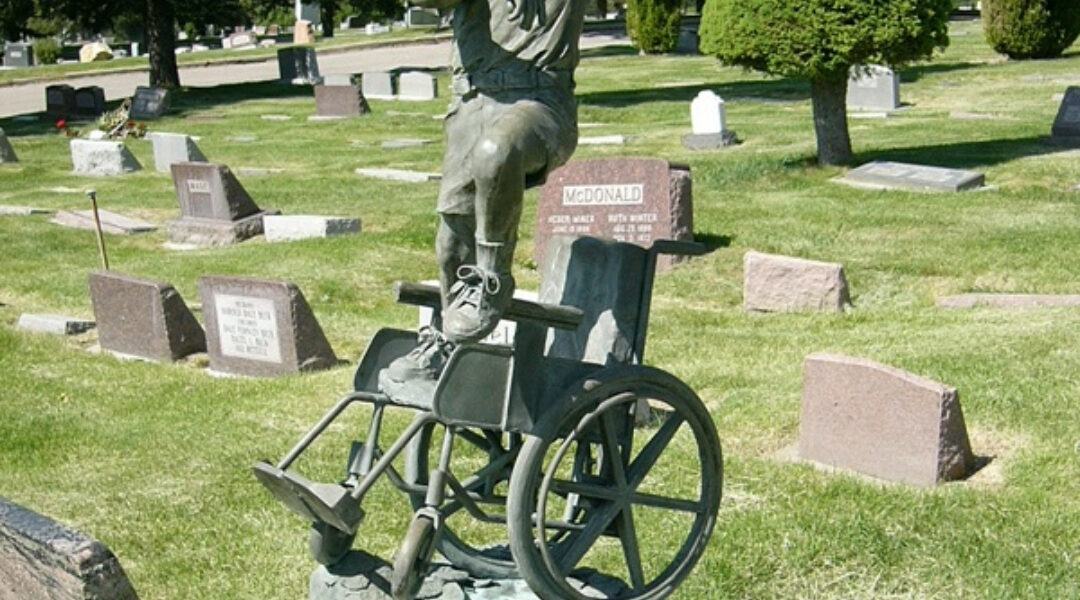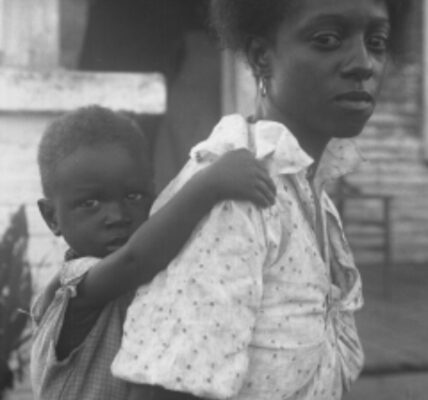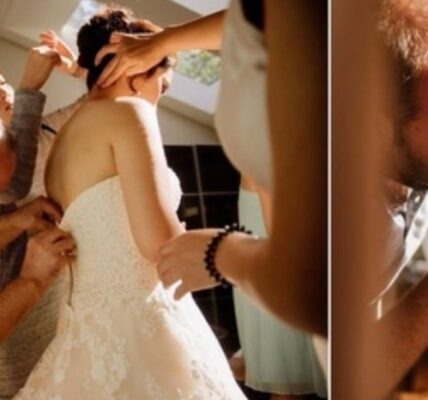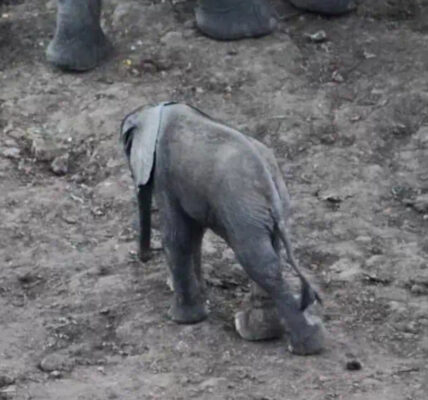
When visitors walk through the Salt Lake City Cemetery, they often stop in front of a grave that seems to defy sorrow. Rising from the headstone is a breathtaking sculpture — a young boy pushing himself out of his wheelchair, his arms lifted toward the sky, his face free and full of light. It is both heartbreaking and beautiful.
The boy’s name is Matthew Stanford Robison.
He was born in 1988 in Salt Lake City, Utah. Complications during birth left him without oxygen for too long, and that brief, terrible moment would shape the rest of his life. Doctors told his parents, Ernest and Anneke Robison, that their newborn son might only live a few hours. But Matthew had other plans.
He lived for eleven years.
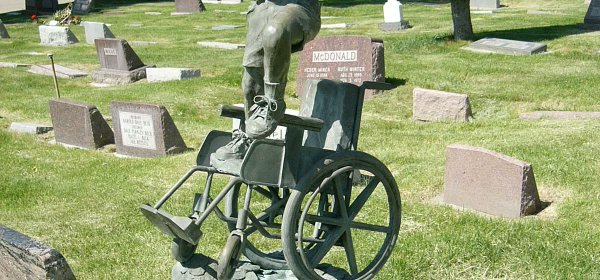
Though blind, mostly paralyzed, and able to speak only a few words, Matthew had a presence that could fill any room. “He had this quiet way of making people feel peace,” his father once said. “Even without words, he changed lives.”
For most of his childhood, Matthew’s world was his wheelchair. Yet in that chair, he smiled. He listened. He laughed when others laughed. His spirit — unbroken and bright — became the heartbeat of his family.
When he passed away in 1999, the Robisons wanted to honor not just the life he lived, but the freedom they believed he had finally found. Ernest, who designed the tombstone himself, imagined something more than a marker — he imagined a story in stone.
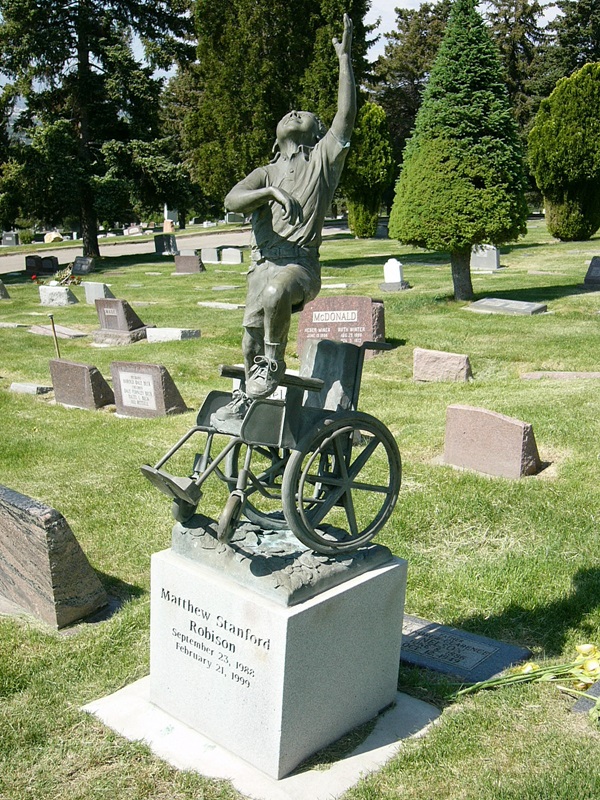
On the day of the unveiling, sunlight spilled across the polished granite. The sculpture rose above the grave: Matthew, forever frozen in the moment of standing — lifting himself from the confines of his wheelchair, reaching heavenward.
Etched below were the words:
“Confined to the chair most of his young life, he is now free of earthly burdens.”
For Ernest and Anneke, the monument wasn’t a symbol of grief — it was a celebration. “Instead of sadness,” Ernest explained, “the statue makes our son Matthew’s grave a place of happiness. Many others have found that true also.”

Visitors often leave the site in tears, but not of pity. They feel what the Robisons wanted them to feel — hope. The sculpture doesn’t mourn Matthew’s suffering; it honors his release, his flight beyond pain.
In the years that followed, Matthew’s legacy continued to grow. Inspired by their son’s resilience, Ernest and Anneke founded Ability Found, a nonprofit organization dedicated to helping people with disabilities gain access to the equipment and support they need to live fuller lives. Wheelchairs, walkers, lifts — tools of independence that so many can’t afford — are provided in Matthew’s name.

Every family helped, every person who finds freedom through Ability Found, carries a small part of Matthew’s spirit forward.
Today, more than two decades later, people from around the world still visit his resting place. They come to see the boy who broke free from his chair, to feel the love that still radiates from that patch of earth, and to remember that life — no matter how brief — can move mountains.
The stone stands as Ernest intended:
A message to every parent who has ever grieved, every soul who has ever suffered, every heart that has ever broken — that love, like Matthew’s spirit, will always rise.
